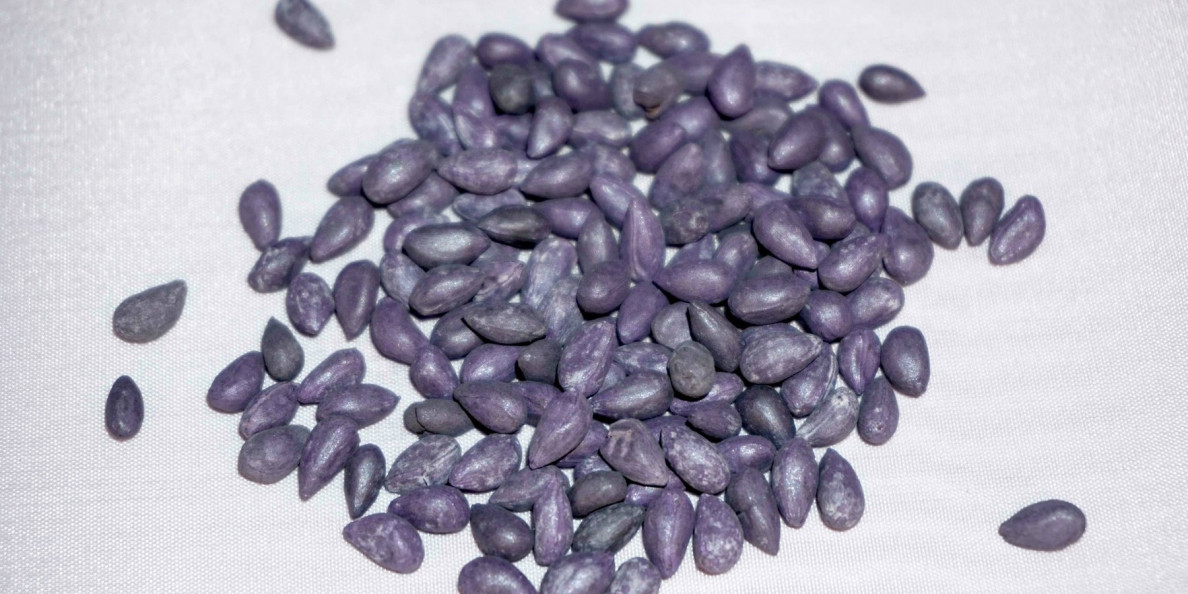The challenging environment of the past growing season in the Southern Plains region is fresh on producers’ minds, but optimism for the 2021 crop remains high. Familiar questions about variety selection, field conditions and market prices weigh on farmers in this region, and Cotton Incorporated is always looking for new ways to provide answers.
In the cotton industry, both cotton lint and cottonseed have viable markets and produce revenue for farming operations. Cotton Incorporated funds research aimed at maximizing producer profitability for both segments.
Planting Seed Research
Dr. Murilo Maeda, Texas A&M AgriLife assistant professor and Extension cotton specialist, currently leads a Beltwide Cotton Incorporated-funded research project studying the viability of cottonseed used at planting. The research started with producers asking how to maximize seedling stand establishment. They also wanted to know why there was such a divergence from field to field.
This research looks at cottonseed’s cold and warm germination tests along with many other lab tests. The goal is to better understand the viability and variability of seeds, which will lead to better stand establishment in growers’ fields.
Dr. Katie Lewis, Department of Plant and Soil Science at Texas A&M and Texas Tech universities, is conducting Cotton Incorporated-funded research to study how cottonseed breeding advances have improved the plants’ ability to use nutrients. The research compares new cotton varieties to older ones and how they differ in nutrient use efficiency.
Overall, cotton lint yield has improved 150% over the past 30 years. Understanding how new cotton varieties use the nutrients could help producers optimize their fertilizer applications and reduce nutrient costs.

Cottonseed Research
At one point, cottonseed served as a means to offset the cost of ginning. Today, it can equate to real dollars as the whole seed market expands to include feed rations for dairy and beef cattle.
Additionally, crushed whole cottonseed becomes oil and is a staple in the restaurant, snack food and specialty oil markets. Tom Wedegaertner, director of cottonseed marketing for Cotton Incorporated, says several projects are underway to increase market opportunities for cottonseed. One of those is looking at increasing seed size and oil yield to increase cottonseed value.
“Increasing the oil content of the seed will also increase seedling vigor,” Wedegaertner says. “While seed size is important, seed components — especially oil content — is probably more important.
“For ginners and oil mills, seed size uniformity would eliminate some of the processing difficulties caused by small seed. Research is underway to find the ideal seed size while not negatively affecting fiber yield.”
From the seed you plant to the seed you harvest, Cotton Incorporated is committed to maximizing producer profits and exploring new market opportunities. Yes, seeds are small, but they play an enormous role in the cotton industry’s success.
Shelley Heinrich is the Cotton Board Southern Plains regional communication manager. Email her at sheinrich@cottonboard.org.


